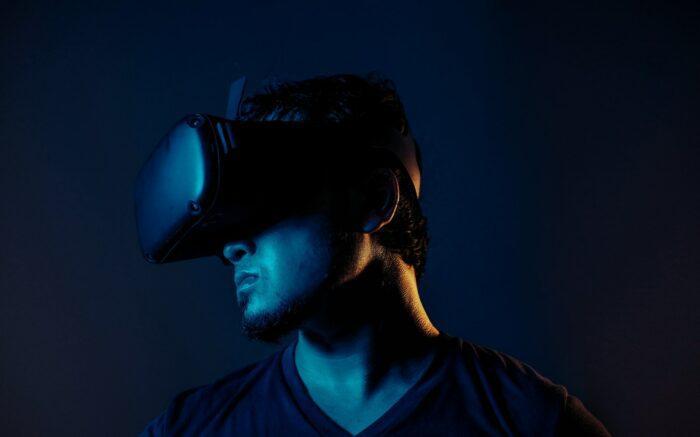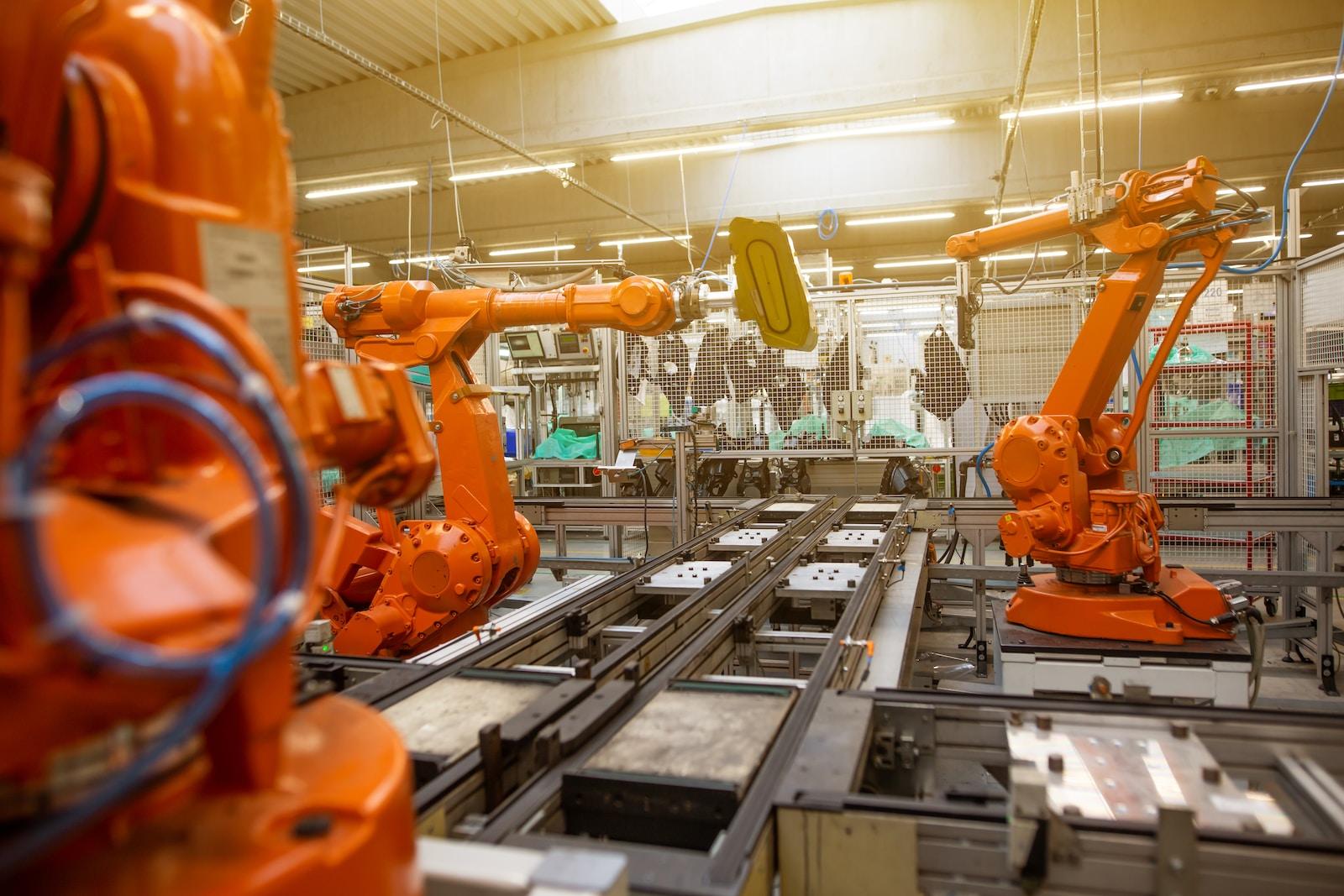In recent years, Augmented Reality (AR) and Virtual Reality (VR) technologies have witnessed significant advancements, revolutionizing the way we interact with the digital world. These immersive technologies have the potential to transform various industries, including gaming, education, healthcare, and enterprise. This article delves into the applications and potential of AR and VR in these fields, highlighting the innovative ways they are reshaping experiences and unlocking new possibilities.
- Gaming
AR and VR have had a profound impact on the gaming industry, enabling players to experience virtual worlds like never before. Virtual Reality gaming places users in a completely immersive digital environment, transporting them to new realms and providing an unparalleled level of interactivity. With VR headsets, players can engage in realistic simulations, bringing a new level of immersion and intensity to gaming experiences.
On the other hand, Augmented Reality gaming enhances the real world by overlaying digital content onto the physical environment. Mobile AR games like Pokémon Go have demonstrated the massive potential of this technology, blending the virtual and real worlds seamlessly. AR-based gaming experiences not only provide entertainment but also encourage physical activity, social interaction, and exploration.
- Education
AR and VR have immense potential in the field of education, transforming the way students learn and understand complex subjects. By integrating virtual elements into the real-world environment, AR enhances traditional teaching methods and makes learning more interactive and engaging. For instance, anatomy students can use AR apps to explore 3D models of the human body, enabling a hands-on learning experience.
Similarly, VR technology allows students to explore historical events, scientific concepts, and distant places without leaving the classroom. They can visit ancient civilizations, dive into the depths of the ocean, or witness the formation of celestial bodies, all within a virtual environment. VR also fosters collaborative learning, as students can engage in virtual group projects and simulations, improving their problem-solving and teamwork skills.
- Healthcare
AR and VR technologies have the potential to revolutionize healthcare by enhancing patient care, training medical professionals, and improving surgical procedures. In medical education, AR can provide students with realistic simulations and virtual patient scenarios, allowing them to practice critical procedures in a controlled and risk-free environment. This approach enhances their skills and confidence before working with real patients.
VR, on the other hand, can be utilized to reduce pain and anxiety during medical procedures. By immersing patients in calming virtual environments, such as serene landscapes or underwater scenes, VR distracts them from discomfort and creates a more positive experience. VR has also shown promise in the treatment of mental health disorders, including phobias and post-traumatic stress disorder (PTSD), by exposing patients to controlled virtual environments for therapeutic purposes.
- Enterprise
AR and VR have transformative implications for the business world, enhancing productivity, efficiency, and customer experiences across various sectors. In the realm of design and architecture, AR allows professionals to visualize and manipulate 3D models of structures in real-world environments. This technology enables architects, interior designers, and engineers to better communicate their ideas, identify design flaws, and streamline the decision-making process.
VR finds applications in employee training, providing realistic simulations and scenarios for training programs. Companies can create virtual environments to train employees in complex or hazardous tasks, reducing the risks associated with real-life training. Moreover, VR can facilitate remote collaboration, enabling teams spread across different locations to collaborate seamlessly in a shared virtual space, improving communication and efficiency.
AR and VR technologies are transforming industries and revolutionizing the way we perceive and interact with the digital world. From immersive gaming experiences to enhanced education, healthcare advancements, and improved enterprise operations, the applications and potential of AR and VR are vast. As technology continues to advance, we can anticipate even more groundbreaking applications in these fields and beyond. With ongoing research and innovation, AR and VR will continue to shape the future, unlocking new opportunities and transforming the way we live, work, and play.





